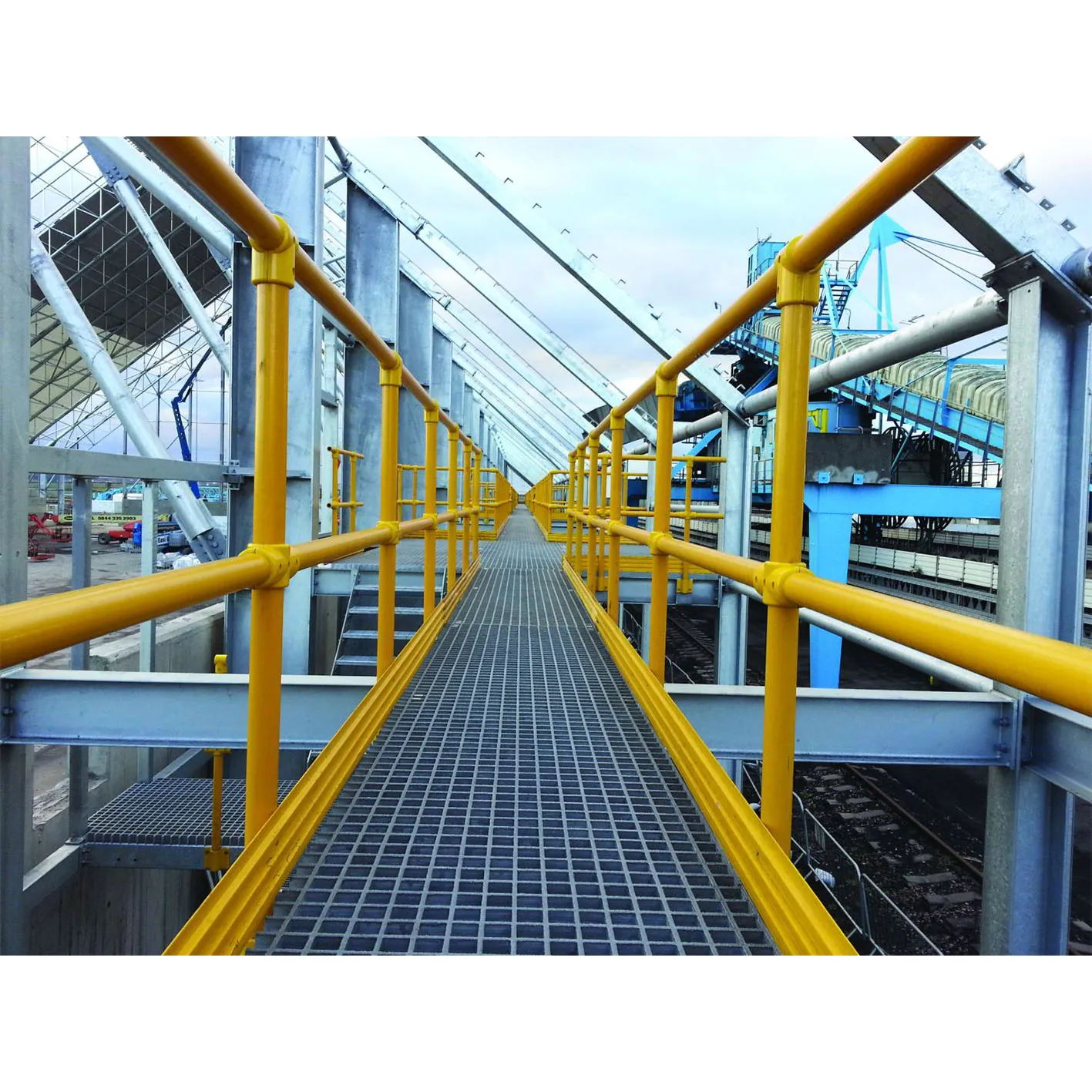loading...
- No. 9, Xingyuan South Street, Dongwaihuan Road, Zaoqiang County, Hengshui, Hebei, China
- admin@zjcomposites.com
- +86 15097380338
- Welcome to visit our website!
Exploring Solutions for Efficient Water Storage Tanks Designed for Enhanced Sustainability and Performance
Understanding GRP Water Storage Tanks An Efficient Solution for Water Management
In today's world, water scarcity and the efficient management of water resources have become critical issues. One essential component in addressing these challenges is the use of water storage tanks. Among the various types available, Glass Reinforced Plastic (GRP) water storage tanks have risen in popularity due to their unique properties and advantages.
What are GRP Water Storage Tanks?
GRP water storage tanks, also known as fiberglass tanks, are made from composite materials that combine glass fiber and resin. This combination results in a lightweight, robust structure that is both durable and resistant to various environmental factors. GRP tanks can be manufactured in a range of sizes and shapes, catering to diverse storage needs, whether for agricultural, municipal, or industrial purposes.
Advantages of GRP Water Storage Tanks
1. Durability and Longevity One of the most significant advantages of GRP tanks is their durability. Unlike traditional materials like steel or concrete, GRP does not corrode, rust, or degrade over time, making it an ideal choice for long-term water storage.
2. Lightweight Construction The lightweight nature of GRP tanks simplifies transportation and installation. They can be placed on various surfaces without the need for extensive ground preparation, reducing setup time and costs.
3. Cost-Effectiveness While the initial investment in GRP tanks may be higher than some other materials, their long lifespan and low maintenance requirements lead to lower overall costs in the long run.
grp water storage tanks

4. Flexibility and Customization GRP tanks can be easily molded into different shapes and sizes to meet specific needs. This flexibility allows for customization based on site constraints and user requirements, making them suitable for a wide range of applications.
5. Environmental Resistance GRP tanks are resistant to UV rays, chemicals, and extreme temperatures. This property ensures that the stored water remains uncontaminated and safe for use, making these tanks an excellent choice for potable water storage.
Applications of GRP Water Storage Tanks
GRP water storage tanks are versatile and find applications across various sectors. In municipal water supply systems, they are often used for water distribution, providing communities with reliable access to clean water. In agriculture, these tanks supply irrigation systems, ensuring crops receive the necessary hydration. Additionally, they are commonly employed in industrial processes where large volumes of water are needed.
Maintenance of GRP Tanks
Maintaining GRP water storage tanks is relatively straightforward. Regular inspections to check for any signs of wear or damage are essential. Cleaning the tanks periodically helps prevent algae and sediment build-up, ensuring the water quality remains high. Unlike other tank materials, GRP does not require extensive maintenance, thus contributing to its cost-effectiveness.
Conclusion
As the demand for efficient water storage solutions continues to rise, GRP water storage tanks stand out as a practical choice. Their combination of durability, flexibility, and low maintenance makes them suitable for various applications, from municipal systems to agricultural use. With water management becoming increasingly crucial, investing in GRP tanks can play a vital role in ensuring sustainable and reliable water resources for the future. As society advances, harnessing innovative solutions like GRP tanks will be essential in addressing current and future water challenges.
-
The Rise of FRP Profiles: Strong, Lightweight, and Built to LastNewsJul.14,2025
-
SMC Panel Tanks: A Modern Water Storage Solution for All EnvironmentsNewsJul.14,2025
-
GRP Grating: A Modern Solution for Safe and Durable Access SystemsNewsJul.14,2025
-
Galvanized Steel Water Tanks: Durable, Reliable, and Ready for UseNewsJul.14,2025
-
FRP Mini Mesh Grating: The Safer, Smarter Flooring SolutionNewsJul.14,2025
-
Exploring FRP Vessels: Durable Solutions for Modern Fluid HandlingNewsJul.14,2025
-
GRP Structures: The Future of Lightweight, High-Performance EngineeringNewsJun.20,2025
